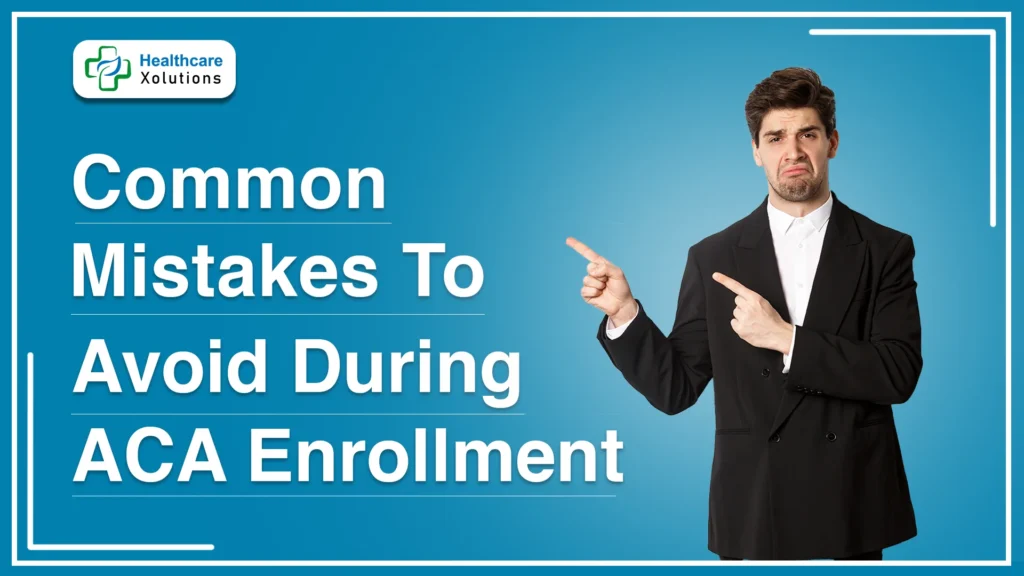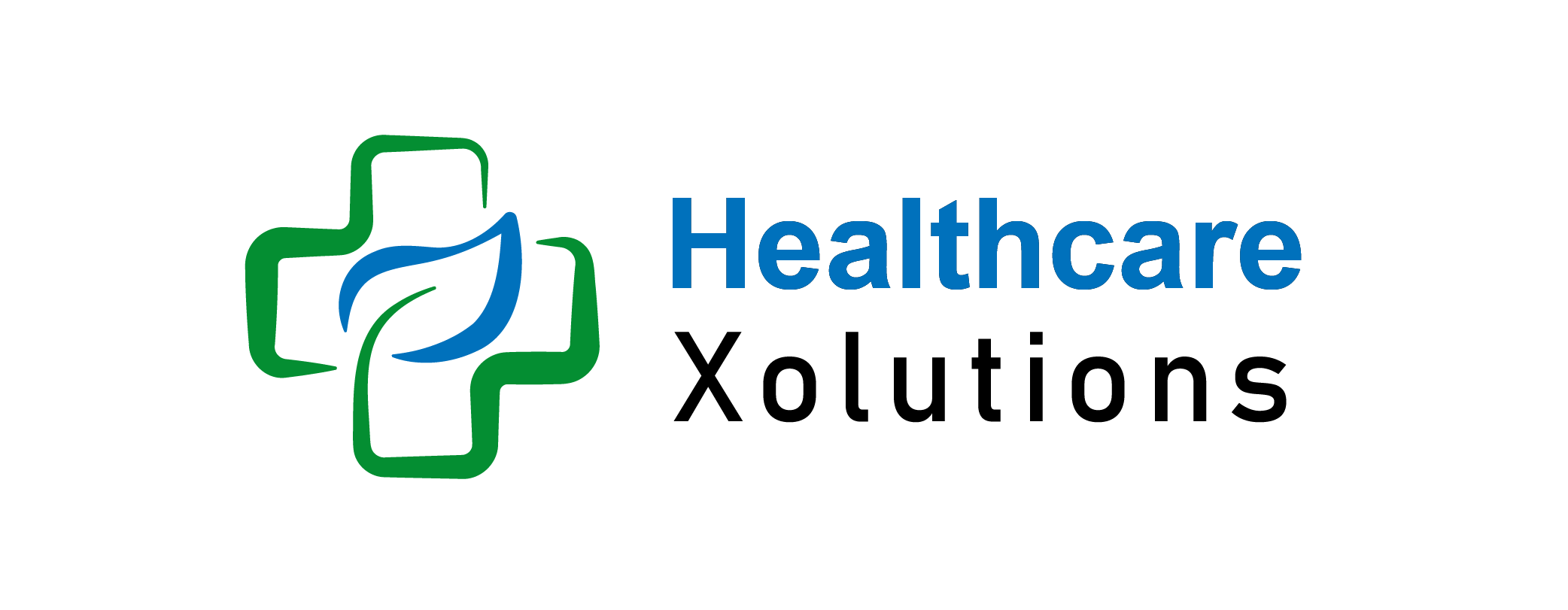Avoid These Common ACA Enrollment Mistakes

The Affordable Care Act (ACA) provides millions of Americans access to health insurance through its marketplace. However, navigating the enrollment process can sometimes be confusing, leading to errors that could affect coverage or financial assistance. By understanding and avoiding these common ACA enrollment mistakes, individuals can ensure they receive the coverage they need without unnecessary complications.
Key Takeaways:
- Track Enrollment Dates: Missing deadlines could result in a year without coverage.
- Keep Information Updated: Ensure personal and income details are accurate for proper financial assistance.
- Look Beyond Premiums: Evaluate total costs, not just monthly premiums, to find the most cost-effective plan.
- Understand Subsidies: Be aware of how your income affects your eligibility for financial help.
- Check Provider Networks: Make sure your doctors and medications are covered in-network.
- Double-Check Eligibility: Always check if you qualify for ACA coverage and financial assistance, even if you assume otherwise.
Table of Contents
Avoid These Common ACA Enrollment Mistakes:
1. Missing the Enrollment Deadline:
One of the most frequent ACA enrollment mistakes is missing the open enrollment period. ACA open enrollment typically runs from November to mid-January, but the dates can change depending on the state or federal guidelines. If you miss this window, you may be locked out of coverage unless you qualify for a Special Enrollment Period (SEP) due to life changes like marriage, childbirth, or loss of other health coverage.
How to Avoid: Set calendar reminders for open enrollment and consider signing up for alerts from the Health Insurance Marketplace. If you foresee a significant life change, familiarize yourself with SEP rules to avoid a coverage gap.
2. Failing to Review and Update Personal Information:
A common mistake during enrollment is not reviewing or updating personal and household information. Any changes in income, family size, or employment status could impact the amount of financial assistance you’re eligible for or the coverage that suits your needs.
How to Avoid: Before enrolling, gather documents related to your income, household size, and any changes from the previous year. Update your marketplace profile accordingly to get accurate premium tax credits or cost-sharing reductions.
3. Choosing the Wrong Plan Based on Premiums Alone:
Many focus solely on the monthly premium cost without considering other factors like deductibles, copayments, and out-of-pocket maximums. Choosing an ACA plan based on the lowest premium may leave you with higher overall healthcare costs if you need frequent medical services.
How to Avoid: Compare plans based on total costs, including premiums, deductibles, and expected healthcare needs. A slightly higher monthly premium could result in lower overall out-of-pocket expenses if you require regular doctor visits or prescriptions.
4. Not Understanding Subsidy Eligibility:
The ACA provides financial assistance to help low- and moderate-income individuals pay for health coverage. However, misunderstanding the income threshold for subsidies can lead to over- or underestimating how much assistance you qualify for. This can result in higher upfront costs or unexpected repayments when filing taxes.
How to Avoid: Use the marketplace’s subsidy calculator and double-check your income estimates. If your income fluctuates during the year, make sure to update your information in the marketplace to avoid surprises during tax season.
5. Ignoring In-Network Providers and Prescription Coverage:
Another common mistake is failing to check whether your preferred doctors and medications are covered by the plan. Some enrollees may find that their current healthcare providers are out-of-network, leading to higher costs or denial of coverage for certain services.
How to Avoid: Before enrolling, review the plan’s provider network and formulary (the list of covered medications). Confirm that your doctors and specialists are in-network, and ensure that your prescriptions are covered.
6. Assuming You Don’t Qualify for Coverage or Assistance:
Some individuals mistakenly assume they don’t qualify for coverage, either because of their income, employment status, or other factors. This misconception can prevent them from exploring options that could benefit them financially or medically.
How to Avoid: Always check your eligibility, even if you think you won’t qualify for assistance. The marketplace is designed to offer options for a variety of income levels, and many people are surprised to find they qualify for subsidies or expanded Medicaid.
Conclusion – ACA Enrollment Mistakes:
The ACA enrollment process is designed to be accessible, but common mistakes can hinder your ability to get the best coverage. By staying informed about deadlines, keeping your information up-to-date, and carefully reviewing plan details, you can avoid costly errors and secure the health coverage that suits your needs. Take the time to thoroughly review your options, and don’t hesitate to seek help from a marketplace navigator or insurance broker if needed.
